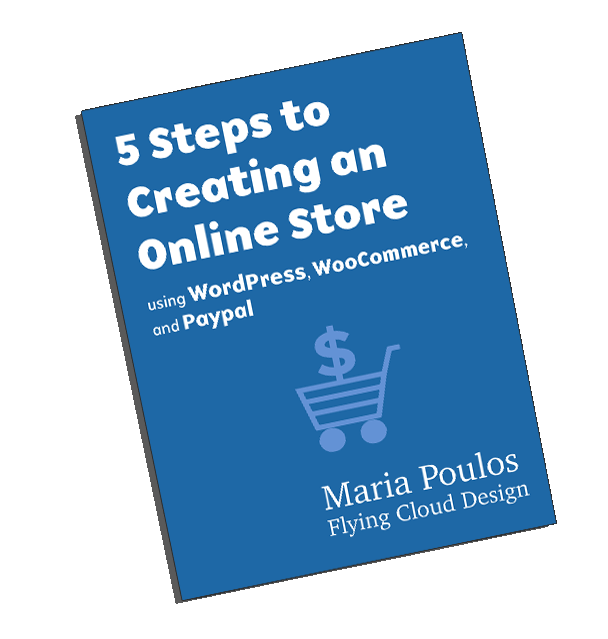7 Tips for WordPress Maintenance
Why You Need WordPress Maintenance
If you worked with me on your website, you have a self-hosted WordPress website. We could say you’re on an island unto yourself. But there is no such thing. Websites need routine maintenance and WordPress is no exception.
When WordPress version 5.0 came out in December 2019, it revolutionized the content editor. This means the theme, plugins, and all related bits and pieces need to play nice with the update. Maintenance on a website is kind of like maintenance on a car. Sometimes you can just fix a part and be on your way. Other times a whole modal needs to come out and be replaced. Sometimes one thing goes out of sync and sets off a string of unforeseen events.
A common mistake made by new website owners is to leave it and forget it. Not keeping your website updated can leave the site vulnerable to breaks, attacks, and lower rankings.
Maintenance may seem mind-boggling, but here are a few important and necessary tasks to keep your site secure, searchable, and running well.
7 Tips on maintaining your website.
- Back-up
- Update the WordPress core, theme, and plugins
- Use a security plugin
- Search engine maintenance
- Content maintenance
- Update to the most current PHP version
- Linking
1. Back-up
If Flying Cloud Design set-up your website, you most likely have a backup service provided by your host. Host services will backup the database. It’s a good idea to continue to use this service. You can also use a plugin to back-up content such UpdraftPlus. Before making any updates be sure to backup your site.
2. Update WP core files, theme, plugins
Why update? When updates are released, this usually means bigger, better features. On the other hand, updates are also released when there are fixes to vulnerabilities or hack attacks. Once core files are updated, the theme and plugin developers make sure their code is working with the new updated core files.
If you let too many updates go by, it may cause more conflicts, and make it more difficult to update. Stay up to date.
What to update first.
Think about updating the little things first. I start with the plugins, then the theme, then core files. Then I check to see if there are any conflicts and that everything is running smoothly. If things seem amiss, turn off the plugins and turn them on one at a time checking the site each time a plugin is activated. This will troubleshoot the problem. An alternate plugin may need to be installed.
3. Use a security plugin
I’m currently using Wordfence to protect sites. This sends out emails when a plugin needs updating or someone logs into a site. There are other security plugins such as WP Security. Use plugins from reliable sources. WordPress.org is a good source.
4. Search engine maintenance
Yoast is the most common plugin used for search engines. Rank Math is another, though it messed up a bit with breadcrumbs. It will allow you to type in titles and descriptions which show in searches.
Eliminate dead URLs
Sometimes we choose to delete a page or post, and the URL is still linked to an active page. In this case, Google will flag it with a “page not found” or a 404 error. Errors result in a lower ranking. There are redirect plugins available to correct this.
5. Content maintenance
The best SEO is good content writing. Writing content of value will afford higher rankings (or so I hear). Write helpful articles in your area of expertise using buzz words and searchable phrases, but don’t overkill. Never copy content off another site. This includes text as well as images. Content needs to be original, robot friendly, and free of copyright infringements.
Adding fresh content pages, or revamping an entire page is said to rank better than just changing a few lines.
6. Update PHP
PHP is the source code used for the WordPress framework. Your host runs various versions of PHP. Find out which version your host is running and what is the best PHP version to use with your current WP version. As of this writing, the most current PHP version to work with the most current WP version is 7.1. Go to your cPanel and click on the PHP configuration (or selector, depending on the host), and change to v7.1. This may require a call to your host or web developer. Test your site afterward.
7. Linking
Backlinks from reputable sites can help in ranking. Joining professional groups, having news articles written about your business and other mentions over the web may improve your ranking. Any website can link to your site. On the downside, links coming from shady websites may have a negative effect on your ranking. Look into using Google Webmaster Tools to find out who is linking to your site. You can prevent websites from linking to your site by uploading a list of unwanted websites to Google’s disavow links tool.


